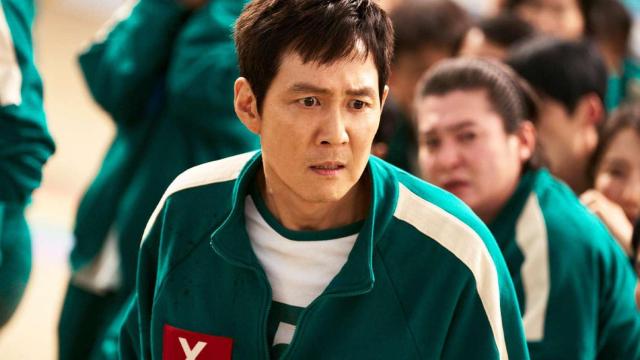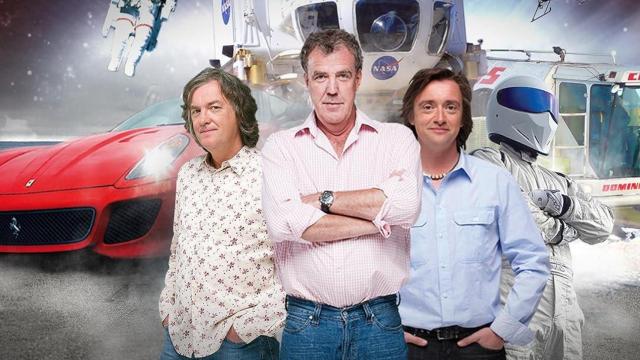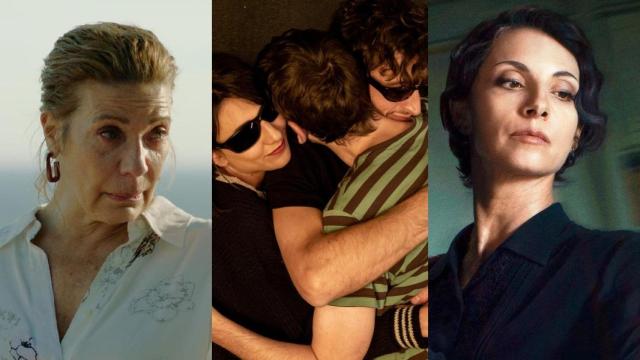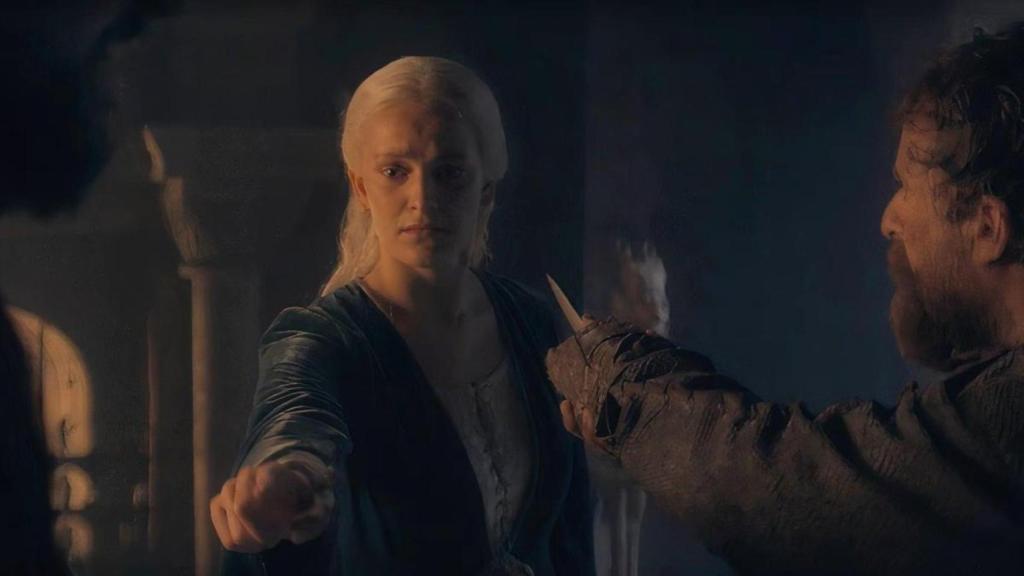
Hablamos con el creador de 'La casa del dragón' sobre los cambios del libro y si volverá a aparecer el perro del 2x01
'House of the Dragon' Ryan Condal Interview: the dog that has conquered the Internet and the changes compared to the book
The Showrunner spoke with EL ESPAÑOL about the adaptation work of the Sangre y Queso plot and also about the adorable scene-stealing dog.
From the visit to the Wall, the introduction of new characters who will become important in the Dance of Dragons or the visceral duel of Rhaenyra to the devastating last scene with Halaena, many memorable things happened in Son for son, the first episode of the highly anticipated second season of House of the Dragon.
There was tension, drama, and a new death in the Targaryen revenge spiral, but the spotlight on social media was stolen by an adorable scruffy dog that has inspired the main memes of the episode, in which viewers confess (half in jest, half seriously) that the kick he receives "is the most terrible thing they've seen" in an episode where minutes later a four-year-old child is beheaded in front of his mother and twin sister.
Regarding the changes from the book to the series in the terrible plot of those "debt collectors" known simply as Blood and Cheese, and how the scriptwriters choose which version of each event from the chroniclers of Fire and Blood to consider valid, EL ESPAÑOL spoke with Ryan Condal, the showrunner of the series, who, of course, was also asked what everyone wants to know deep down: about the dog, the new Internet star after Messi from Anatomy of a Fall.
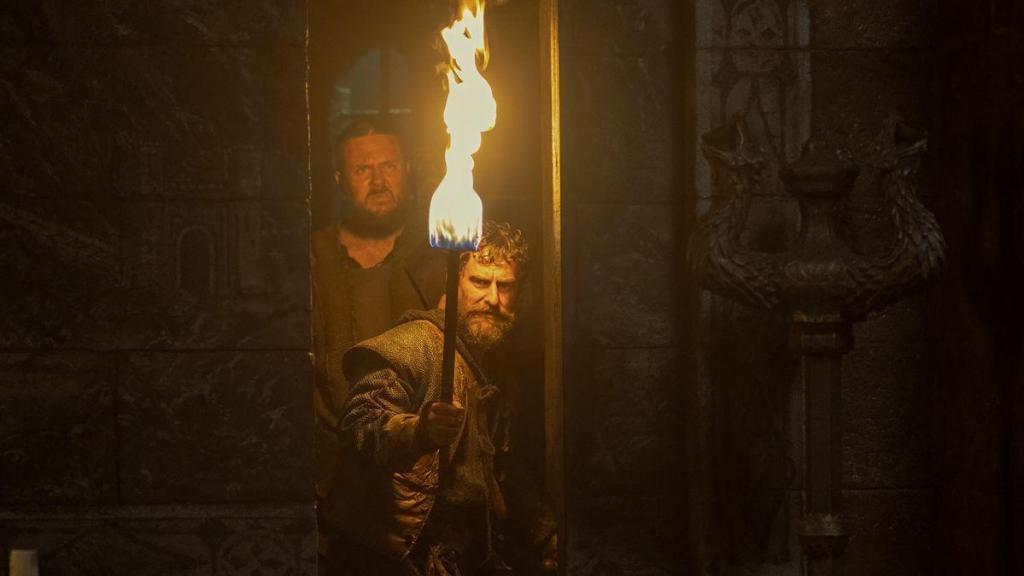
'The House of the Dragon'
What motivated the changes in the Blood and Cheese plot in the series compared to the book?
Ryan Condal: One of the main reasons is that in the series there is no Maelor, the young son of Aegon and Helaena, because we had to compress time in the first season to get to this point, and along the way, we omitted some of the smaller children if they did not serve a vital function in the story. And because in some cases, it would only be adding characters that required an additional effort from the viewer.
Another difference in the adaptation was to show the meeting of those characters who will go down in history as Blood and Cheese receiving the assignment directly from Daemon, which in the book is given the order remotely.
We then follow those characters we have just met in their entrance to the Red Keep and build the tension and expectations of the audience who have not read the book, but feel the danger. Our main goal in any case was to honor the spirit of the scene despite the changes, but also to tell it from the point of view of Helena, who is this innocent person until the moment this horrible thing happens to her and she is involuntarily dragged into war and this terrible plot that Daemon set in motion.
"We want the series to be faithful to reality but also a companion piece to the books."
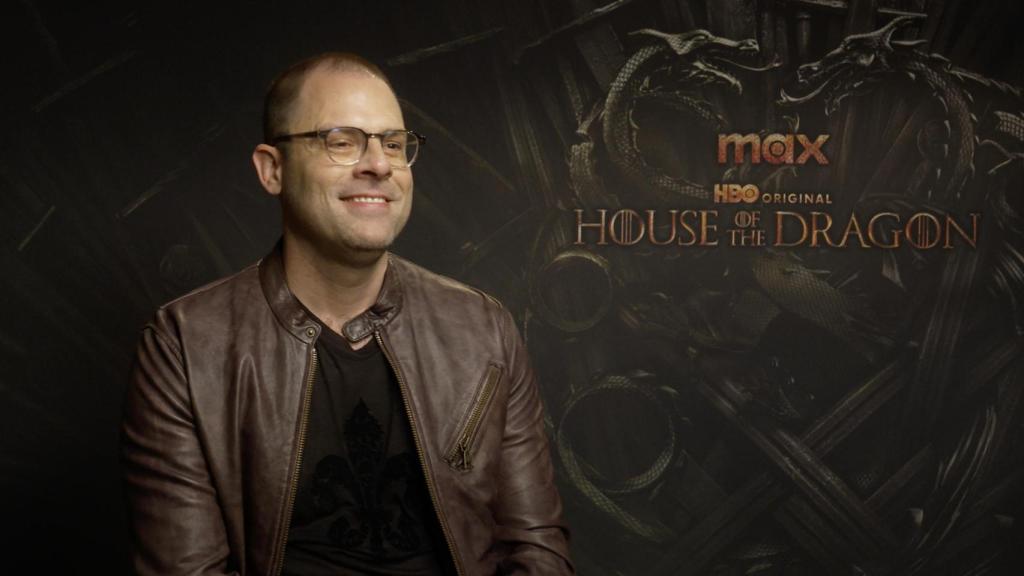
Ryan Condal in the interview with El Español in Paris
How do you decide which version of the book to choose and when to introduce variations in the plots?
Our approach to the adaptation work has been to spend a lot of time with these characters and get to know them to use them as a guide. Once we know Alicent and what moves her, what restrains her, her insecurities, her fears... we can ask ourselves what she would do in X situation and then see what the different versions of history said about that moment years later and why they could interpret that.
We see something happening in real time and try to think about why they interpreted it that way later, knowing that those who wrote the story were not in the room to really know what had happened.
Since they are interpretations of what happened and not factual events, it is not necessary to make a didactic account of the book. We want the series to be faithful to reality but also a companion piece to the books, and vice versa, to complement each other, to offer new layers to one another and vice versa, to provide new perspectives. The book is an ally to the series.
'La casa del dragón' - Tráiler temporada 2
After the criticisms made of 'Game of Thrones', are the decisions to omit some scenes of sexual violence from the book intentional?
Sex and violence are parts that are in the DNA of Game of Thrones and of Fire and Blood. It is not that we have decided to omit them per se, I think that since the book is told from different points of view, our approach is not to do it gratuitously but only for effect, to excite. If you see sex and violence in The House of the Dragon, it is because it is advancing the narrative.
"The dog is very well. That dog lives better than me."
This year there is more action, fire, and blood, but the intimate scenes between two characters are still very powerful, what is the key?
It is very gratifying for us to write those scenes and for the actors to play them. We love dramatic scenes. As a fan of this universe, I loved recreating and shooting at the Wall and writing dialogues about duty for a Stark, but one of the things I am most proud of in the first two episodes is something I did not write, a scene between Daemon and Rhaenyra that you will see in episode two.
It is a scene with just the two of them in a room that is a distillation of their entire relationship, a four-minute scene that you will understand why I like it so much when you see it. It wasn't just the writing, Emma and Matt are spectacular of course.
The series is built for those moments. You go through the machinations of the story and developments of the plot, action and many things to reach those seismic moments between two characters.
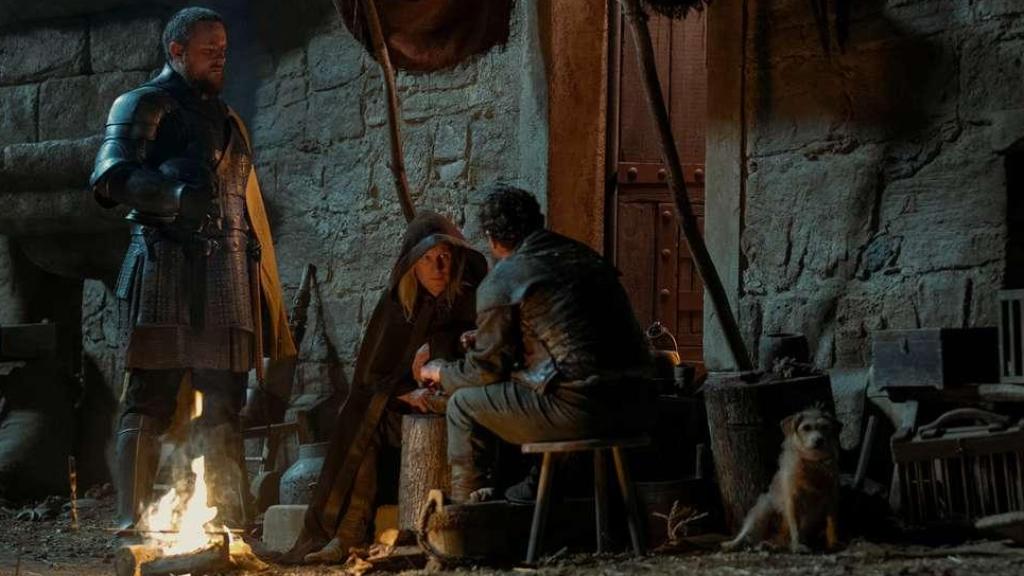
Bobby, the dog who has stolen all hearts in 'The House of the Dragon'
I have to ask about the dog. I know you can't give spoilers, but can we trust that it will be safe in King's Landing?
Let me clarify, just in case, that the kick was a visual effect. I can assure you that the dog is doing very well. That dog lives better than me. His name is Bobby and he is a Hollywood star.
I can anticipate that he will appear again. He has to come back to close his story.
The new episodes of 'House of the Dragon' are available on Mondays on Max.
